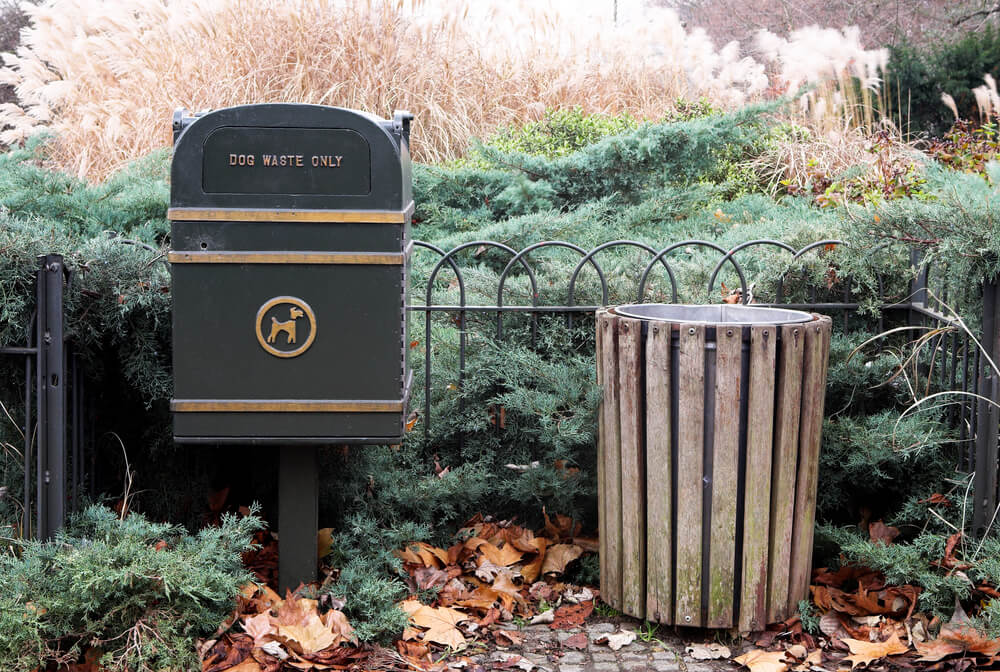Blog, Gut health
POOPOLOGY: The Scoop on Poop
As a canine nutritionist a lot of my time is spent asking about and talking about poop! Your dog’s poop is made up of 75 percent water, bacteria, fibre, dead tissues and other waste material and the way it looks can tell you a lot about what’s going on inside your dog’s body.
One of the benefits of being a ‘responsible dog owner’ and picking up after your dog is that you pay attention to his or her poop and this can help you to monitor health and wellbeing.
Learn what ‘normal’ looks like for your dog so you can spot any changes or potential problems. You don’t need to be Sherlock Holmes about it – just take a quick look before you scoop it into the poop bag and throw it in the bin.
A Healthy Poop
So, what is normal? When healthy, your dog will produce firm (not hard), moist stools of a similar color, size and consistency that are easy to pick up without leaving any residue on the ground. It should have a mild odor and certainly not be overwhelmingly offensive.
Normal stool is medium to dark brown because of a pigment called bilirubin that is formed when red blood cells are broken down. The number of times your dog eliminates can vary but most dogs go twice a day.
Shaped but large and stinky poop
Obviously the size and breed of your dog is going to impact the size of the poop but it should be consistent and in proportion to the amount of food your dog eats.
Voluminous stools may indicate that your dog is not processing or digesting the food as well as he should. This could be diet or health related.
Dogs fed a poor diet, full of non-digestible products such as fibre often (but not always) produce large quantities of poop. While a little fibre can aid digestive transit, your dog does not need a lot. If this scenario describes your dog you may want to consider a dietary change.
Soft poop with no blood or mucous
This may indicate either a dietary change or indiscriminate eating. If you have changed your dog’s diet or caught him eating something he shouldn’t it will probably pass. If not, frequent soft poop could signal the presence of an intestinal parasite such as giardia. If it persists, visit your vet.
Grey and greasy
If your dog’s poop is grey or greasy it could indicate malabsorption of nutrients from the small intestine. Your dog’s pancreas is responsible for producing digestive enzymes. If the pancreas no longer functions as it should, nutrients cannot be properly absorbed. This condition is called exocrine pancreatic insufficiency (EPI).
Soft poop containing or coated with mucous
Mucus on the stool, whether formed or watery, is usually a sign of irritation or inflammation of the intestines and/or parasites.
Indiscriminate eating, an allergic reaction to a certain food or disease could explain the mucus. If it does not pass within a couple of days, speak to your vet.
Watery diarrhea
This type of poop can be due to a number of conditions such as stress or an infection – either parasitic or viral (e.g., parvovirus). If you have moved house or something has occurred that could be causing the stress monitor the situation, otherwise consult your vet. Watery diarrhea can quickly lead to dehydration and may indicate a life-threatening condition.
Black, tarry poop
Black, tarry poop may be caused by the presence of digested blood. It could indicate bleeding somewhere higher up in the GI tract, such as the stomach or small intestine. You need to consult your vet.
Red poop
If your dog’s poop is red, then he’s either eaten beets or the redness is caused by blood. If your dog’s diet doesn’t account for the colour it’s likely he’s bleeding in his lower GI tract or he has a cut on his anus. You need to visit the vet.
Polka dot poop
If you can see visible white specks that resembles rice or strands of spaghetti in your dog’s poop, then he’s probably got worms. Seeing worms in the stool is not an emergency but you need to visit your vet for appropriate treatment.
Yellow-orange poop. Feeding large amounts of sweet potato or other red/orange coloured vegetables can give your dog’s poop an orange tinge. This is not something to worry about. If you dog does not eat these types of food then the yellow or orange hue may indicate the development of liver or biliary problems, so visit your vet.
Your dog may not be able to tell you when something is wrong but his poop just might!

